Bengoh Dam Hiking Trip (7 July 2024)
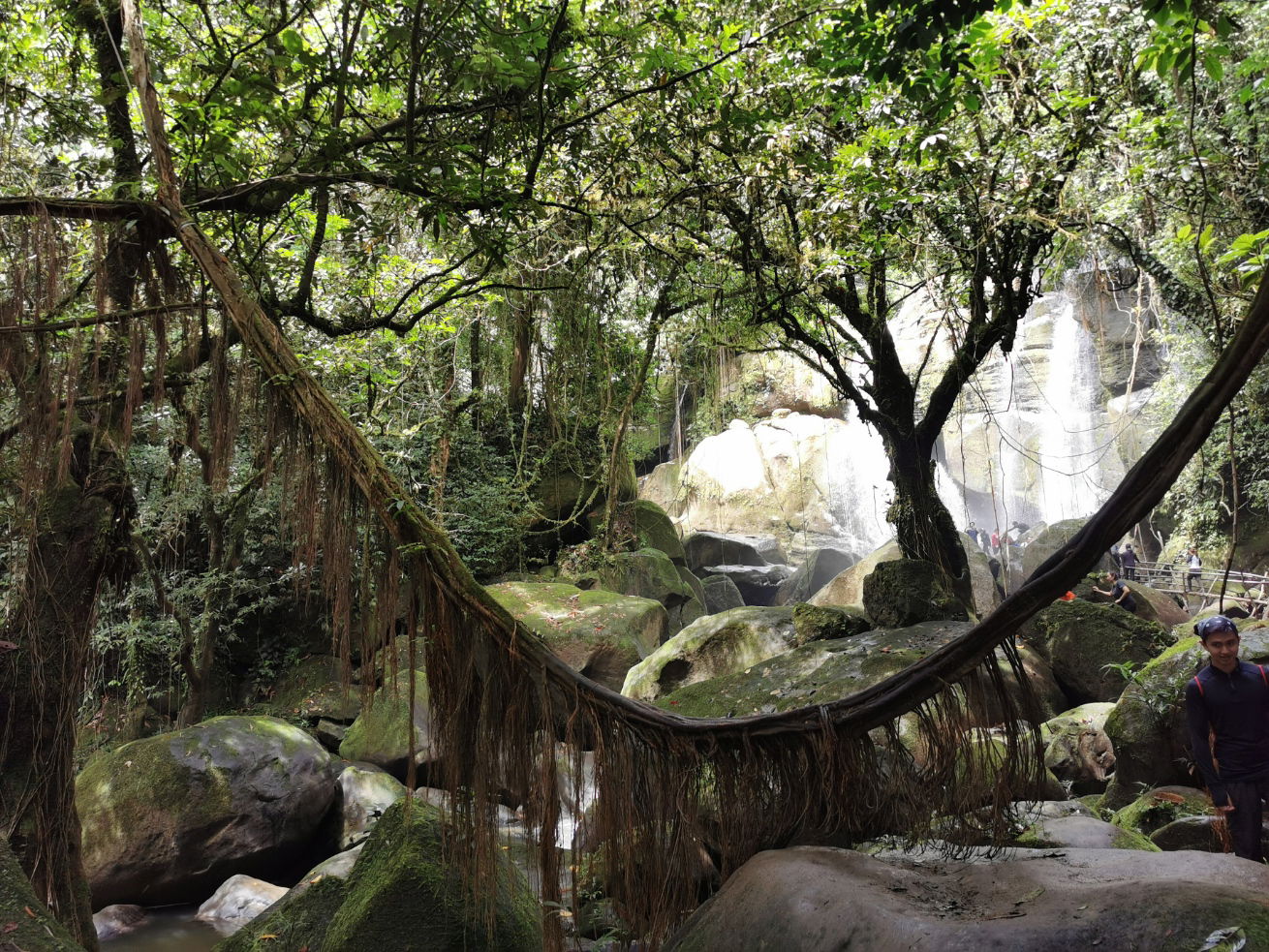
Why Bengoh dam hiking?
Bengoh hiking is not part of the “Grand Plan” of stepping foot on all the 14 Sarawak National Parks. Afterall, Bengoh dam is not a national park. But fuck it, who says we must stick to the lame “Grand Plan”? After joining Kuching Hiking/Trekking facebook group, I frequently saw updates and advertisement on Bengoh Dam. The pictures look good, and it is not far too, lying near Padawan. I did try asking if any other colleagues would like to join, but it seem all of them are either too occupied, or too shy. And so when I had my late dinner at a food court, I revisited the posting in the hiking/trekking group, and found a number. It was 10pm, I thought perhaps it’s a bit too late to text the organizer. Yet, I tried. Within a minute, I got a reply “offcourse you can join us. RM57 per person”. See, as what I have been believing for long, the best trip is always the trip that we randomly came up with, and not one that took months to plan.
The trip highlights
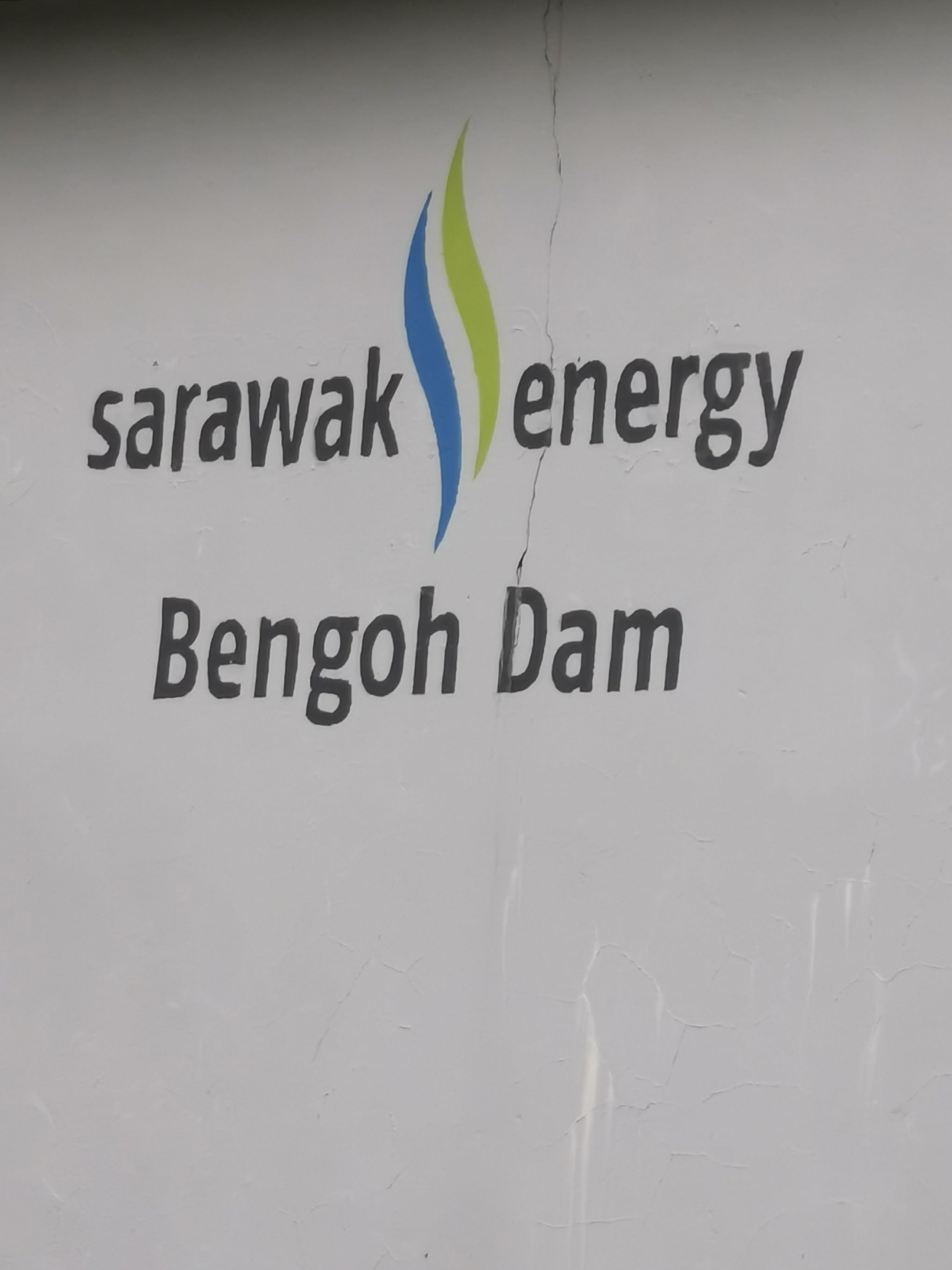
Bengoh Dam is quite a small dam. When the government decided to flood the area, some villagers stood steadfast not to be relocated. Thanks to these villagers that now we still get to enjoy few great hiking trails there.
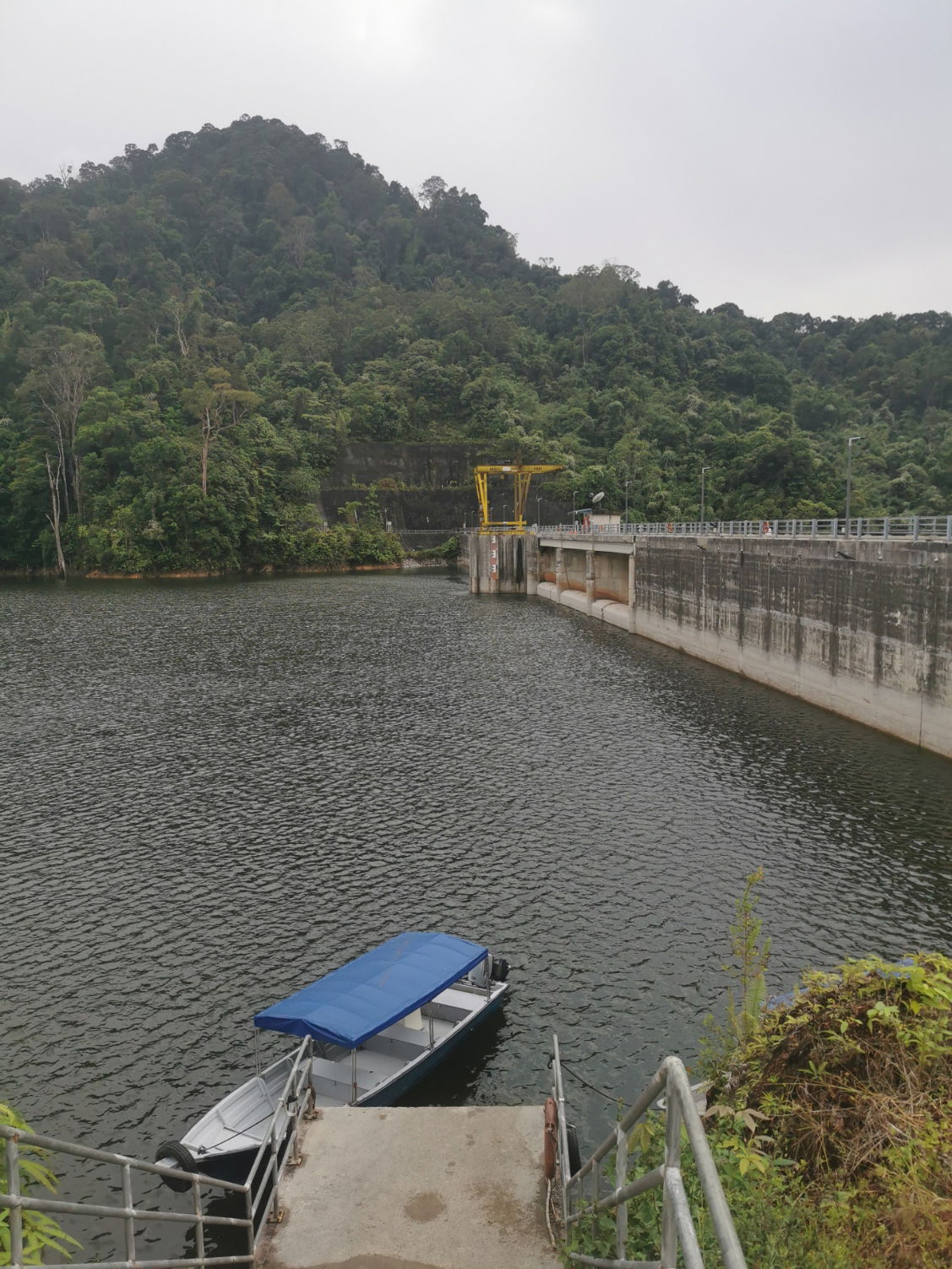
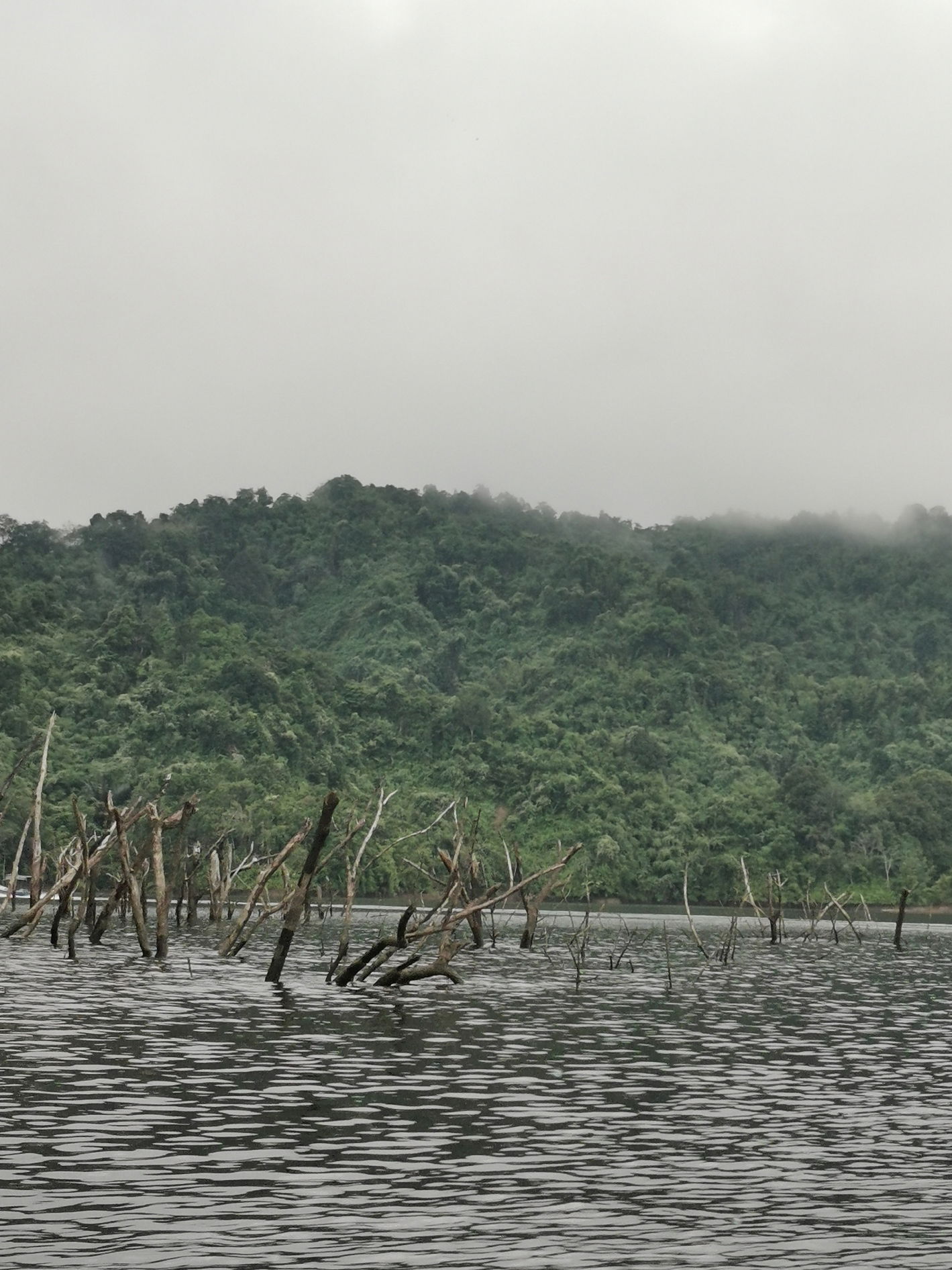
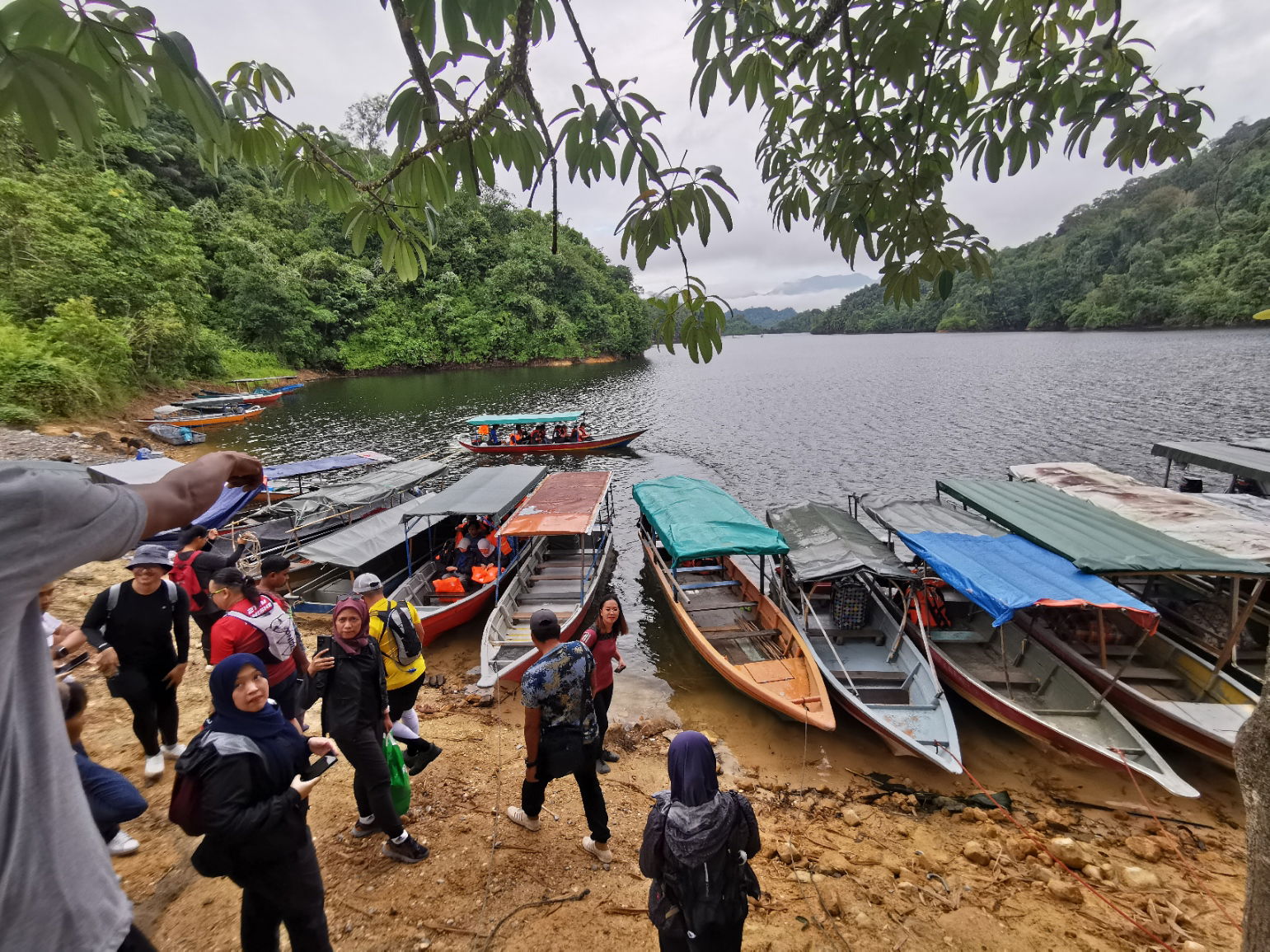
The first stop was at Kampong Sting. A short hike and we arrived at the viewing point with a panoramic view of Bengoh Dam.
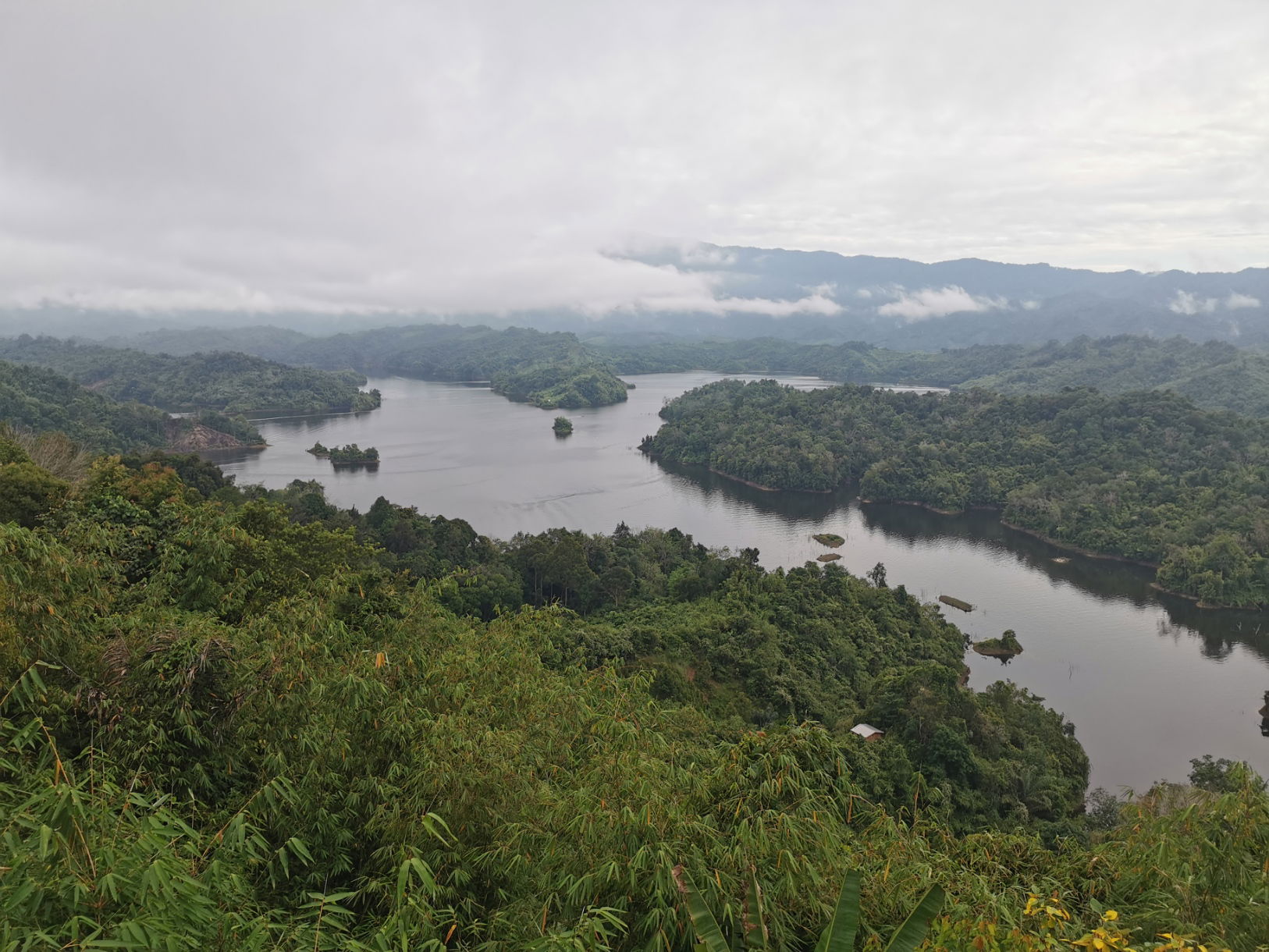
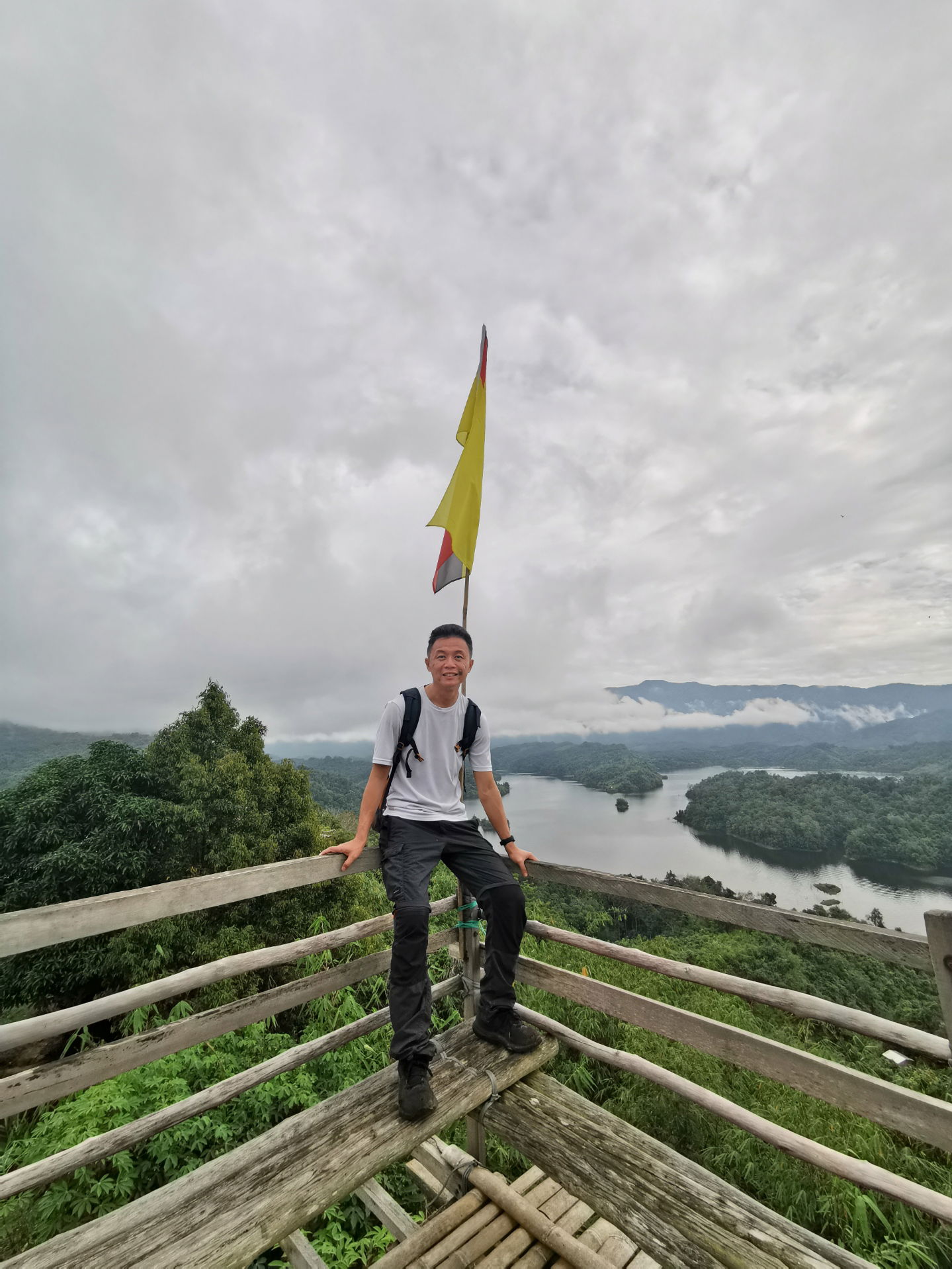
During this hike, we were escorted by 2 dogs. They are good guide.
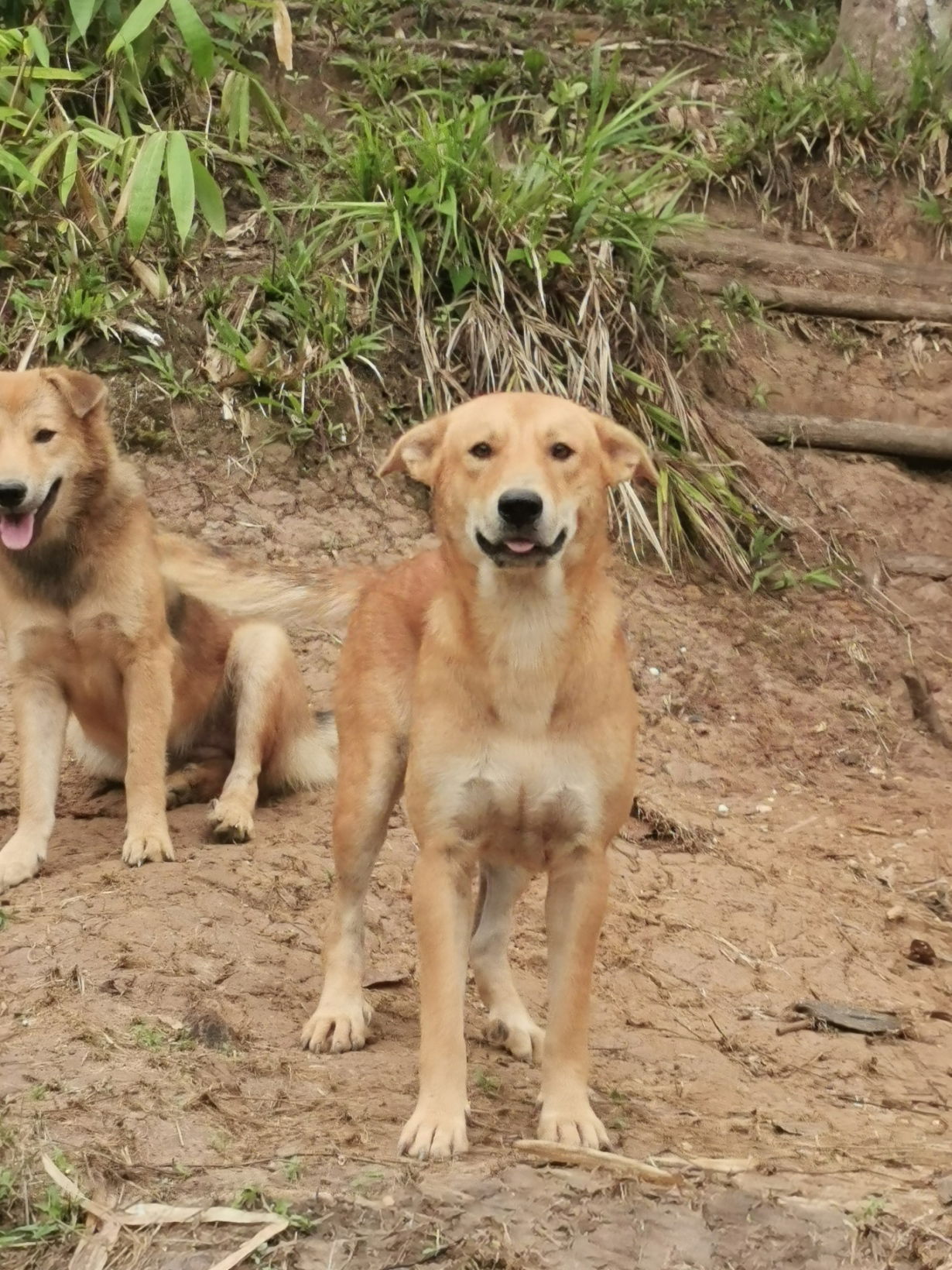
And as I descended the trail, I saw a nest of puppies lying to each other, warming up each other. I can’t help but to believe that the adult dogs know that soon they won’t be able to cope up with the rising number of visitors, and hence it is good to have a few more “guide” dogs to help out.
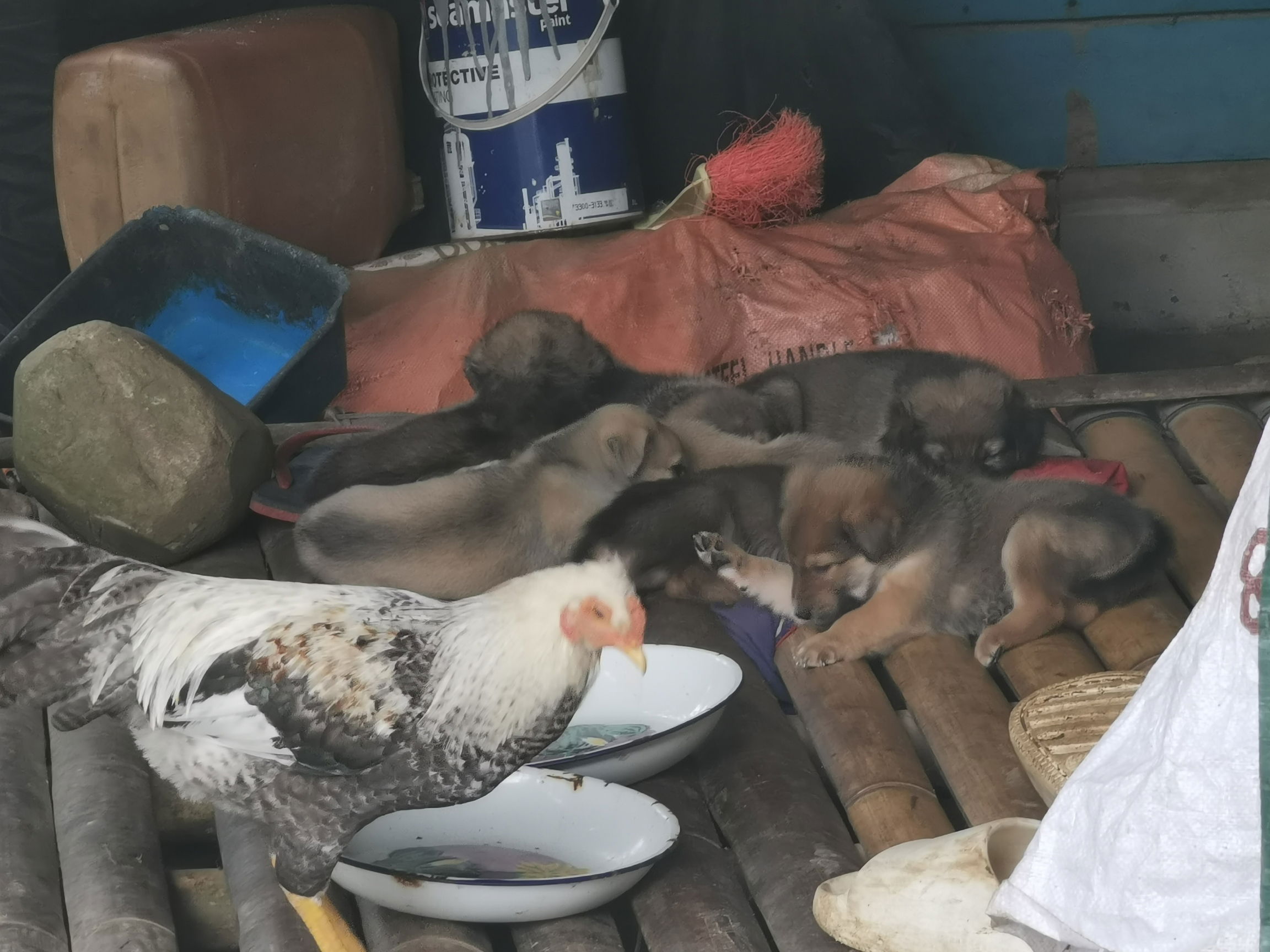
As I listened to the sharing by the hiking guide, I also recalled that back during my school day, Bakun Dam project was heavily criticized by the western led NGO, mainly due to the concern of disrupting the local native lifestyle and culture. Those villagers who remained there at Kampong Sting now are depending on boat to commute between their village and the main land. But they do believe this is their land that is left behind by the ancestor and they should remain there.
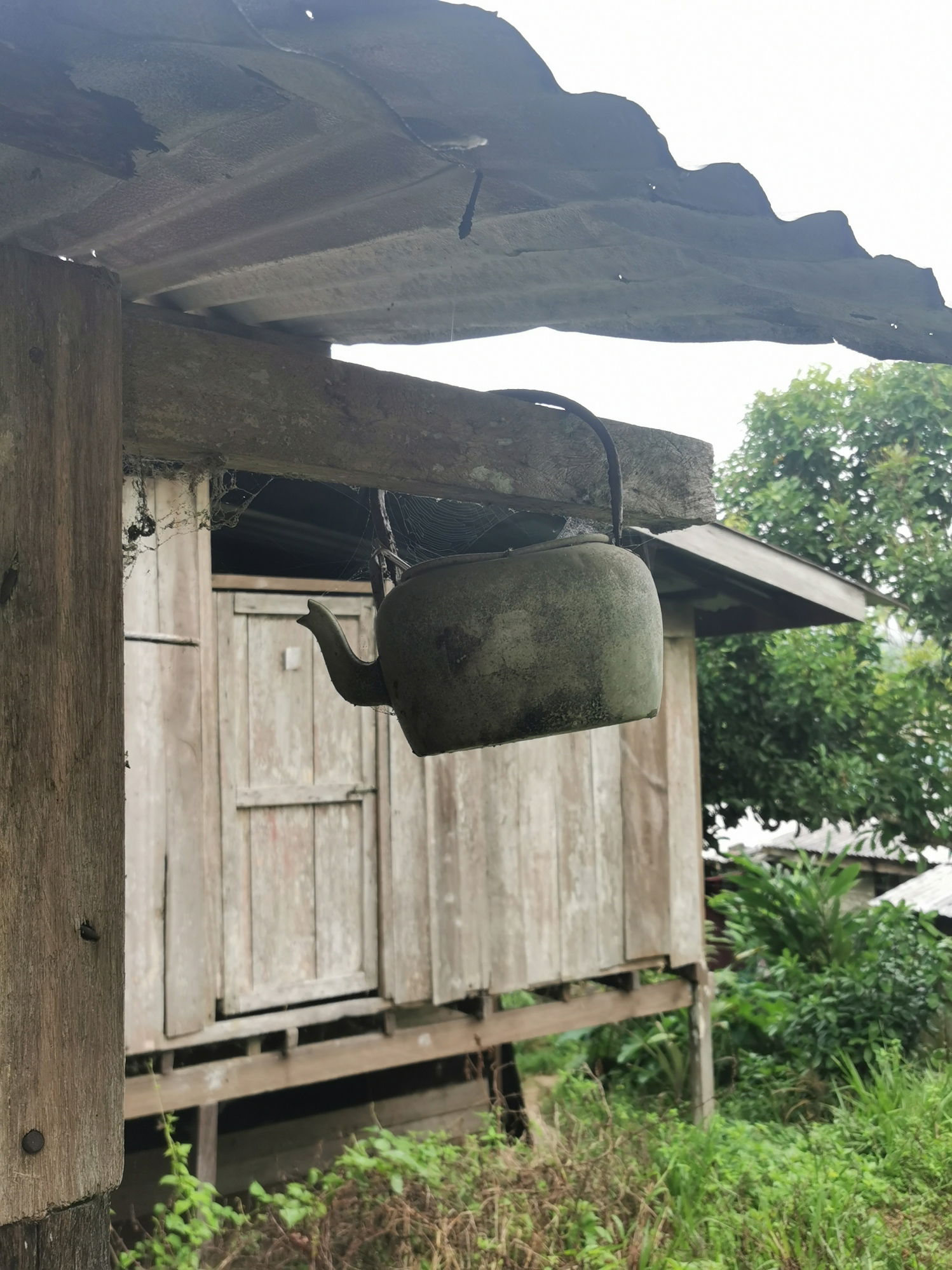
After the Kampong Sting, we were picked up by our boat. Our next stop was at the Jetty that serves as a starting point to Curtain Waterfall, Jurassic Park and Susung Waterfall. I will let the picture does the talking here. Due to the publicity in social media, visitors are flooding the trail. At the water entrance, we literally has no space to stand on.
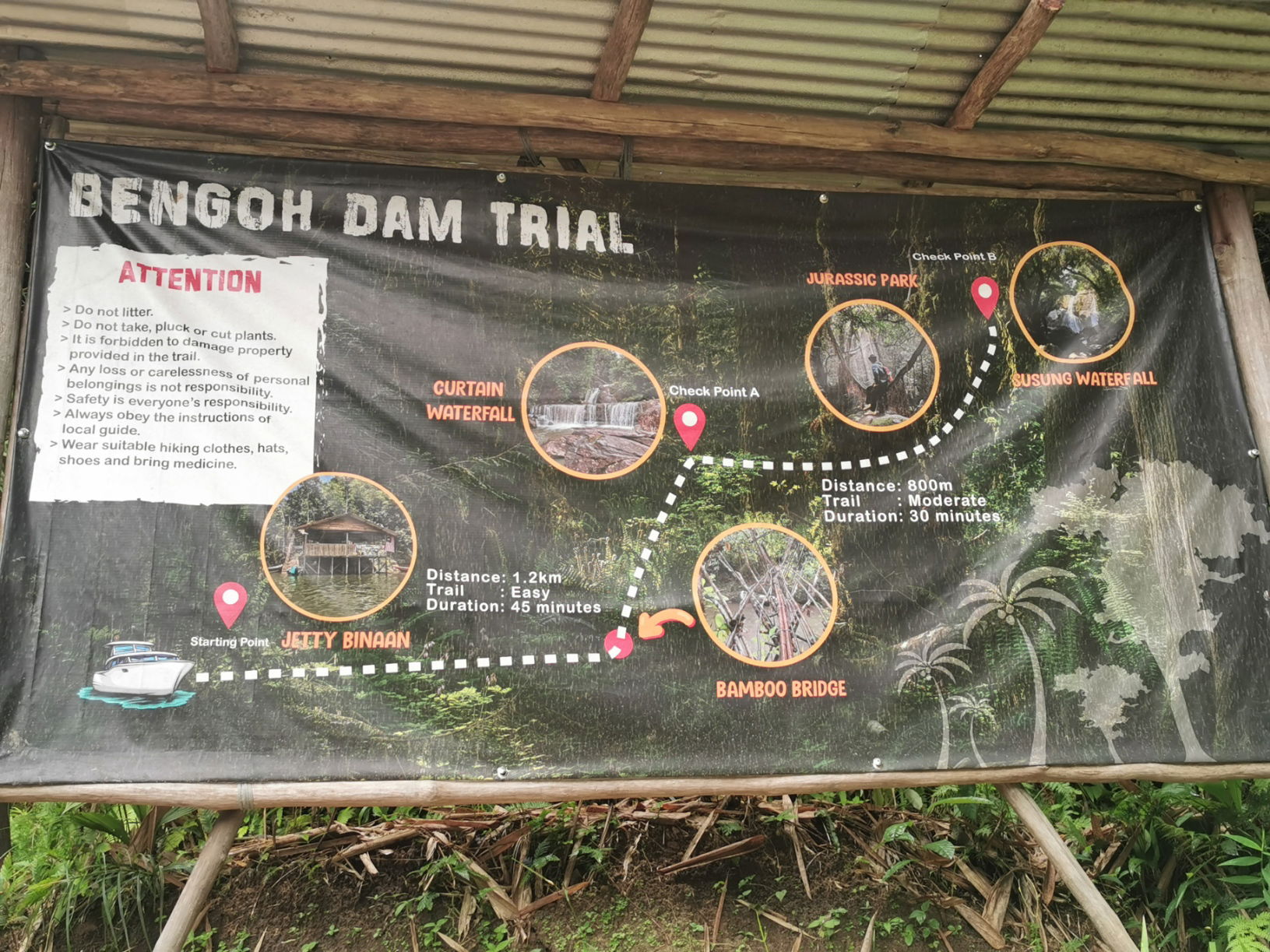
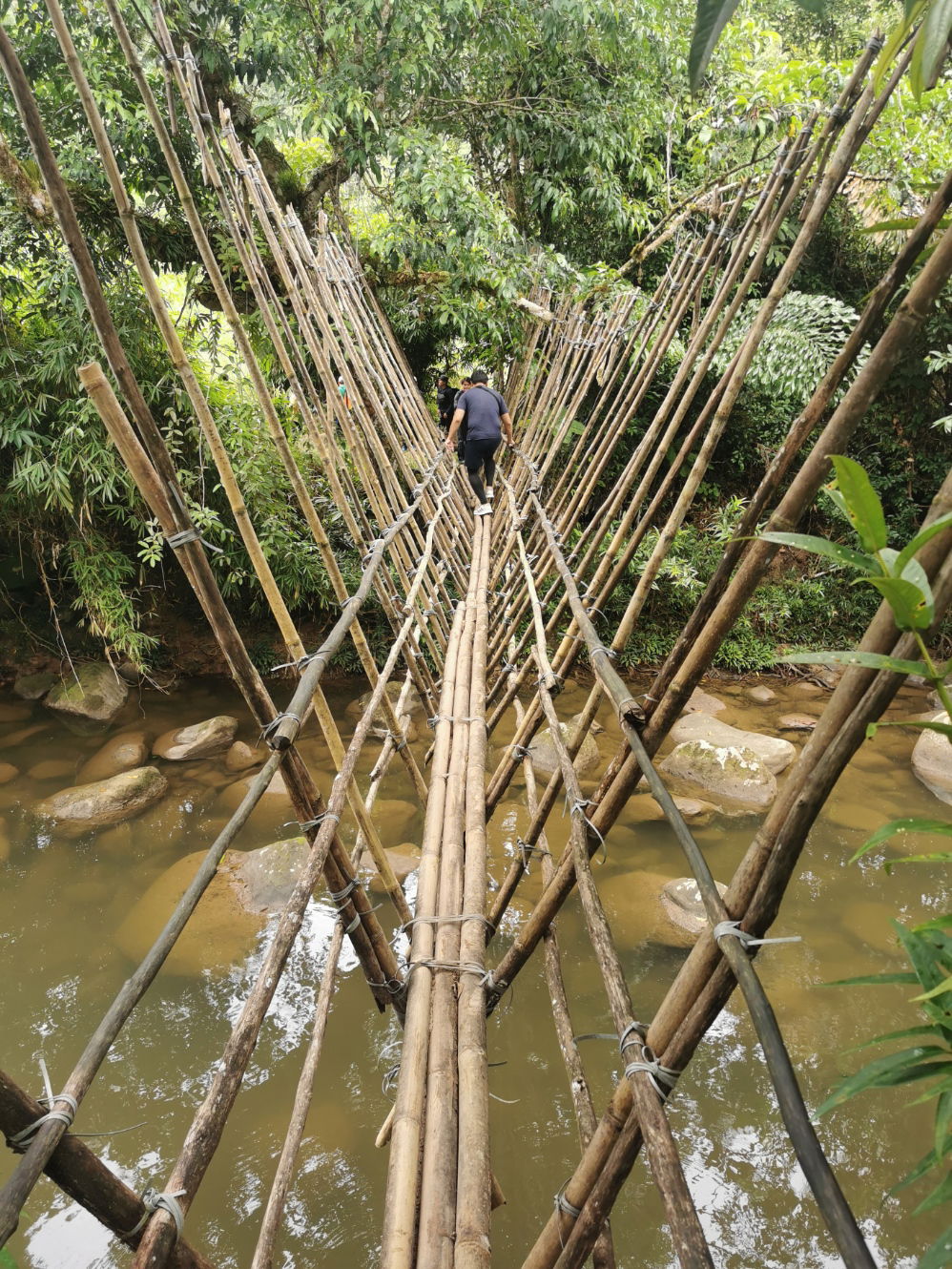
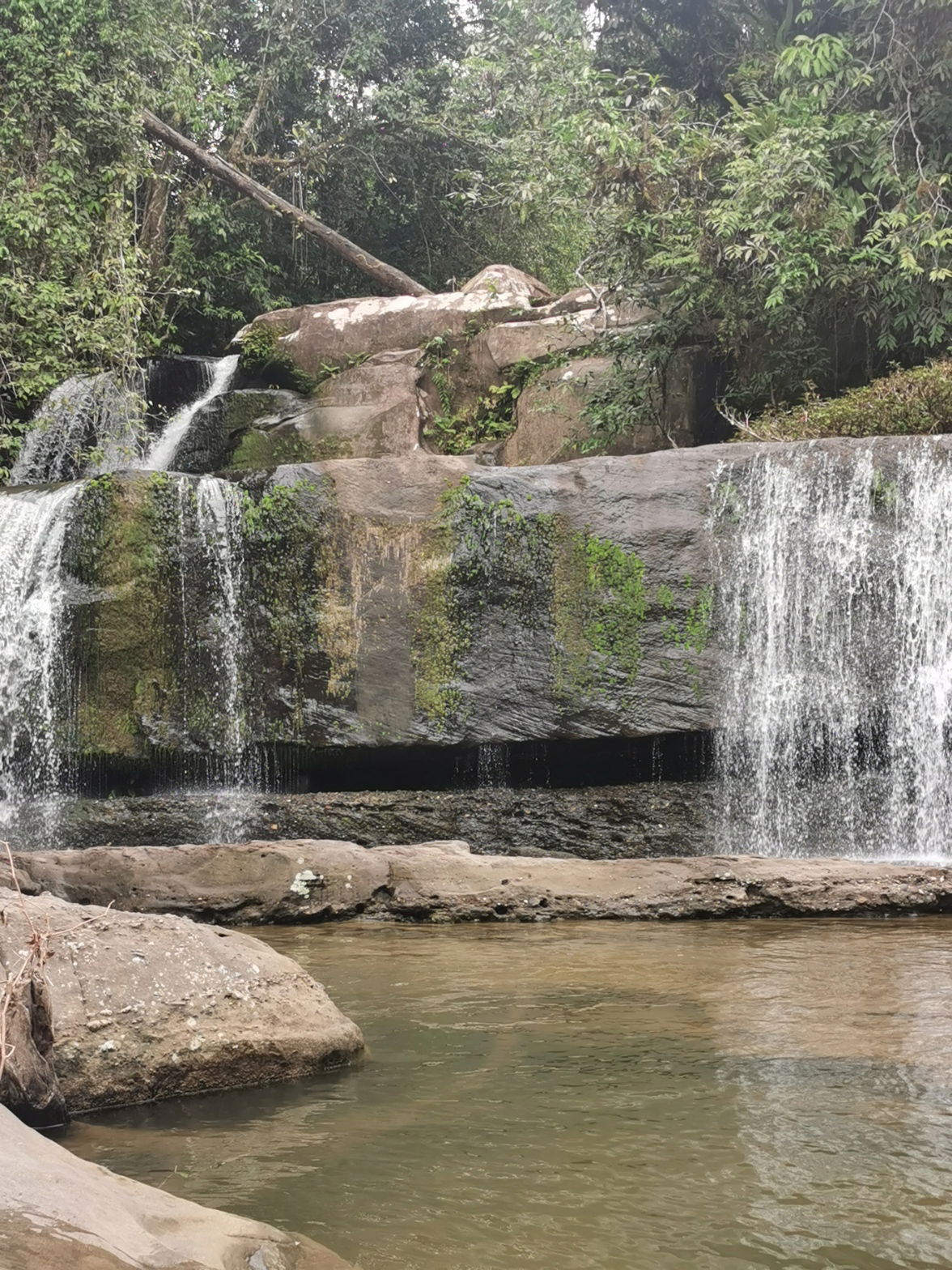
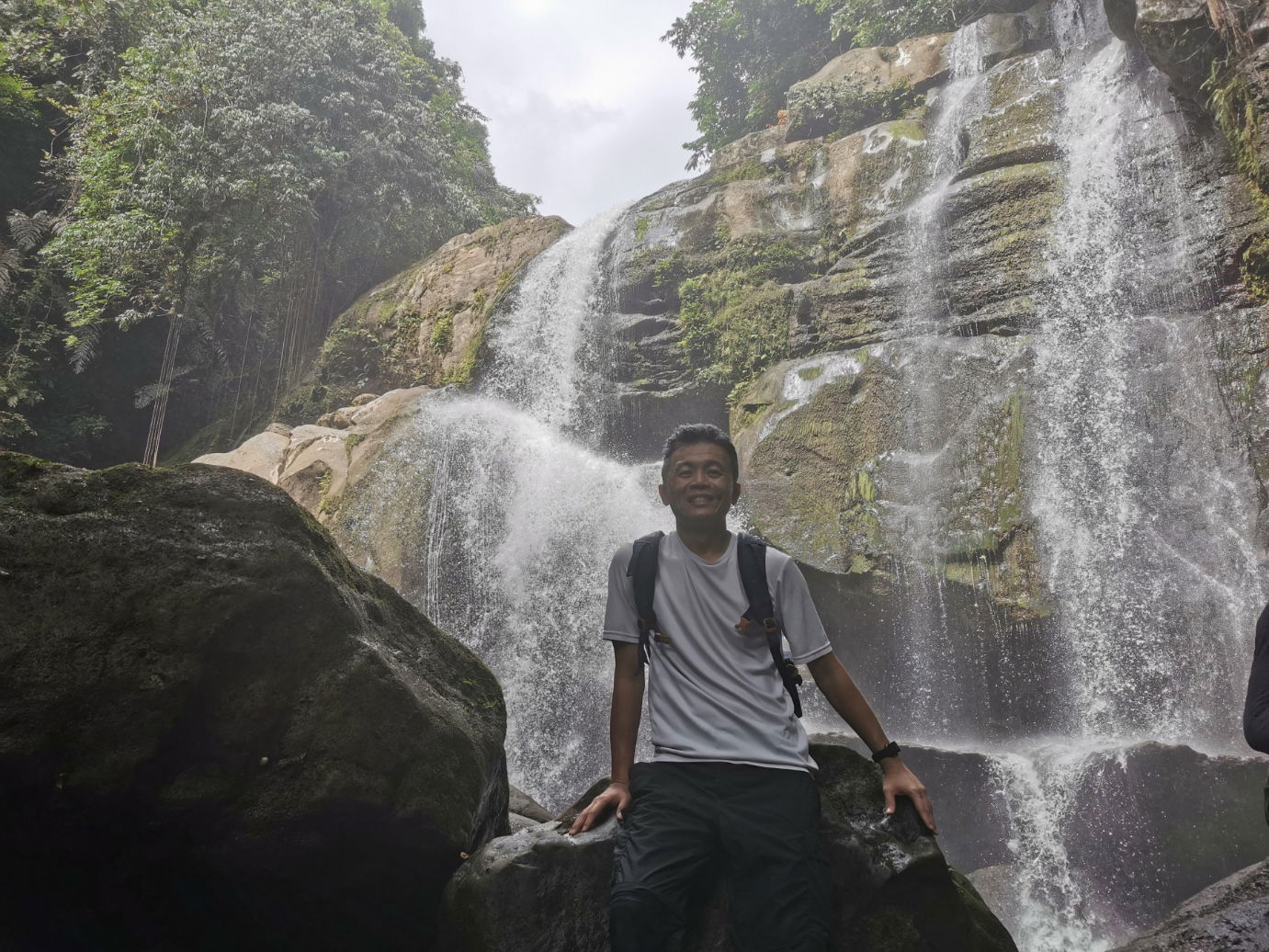
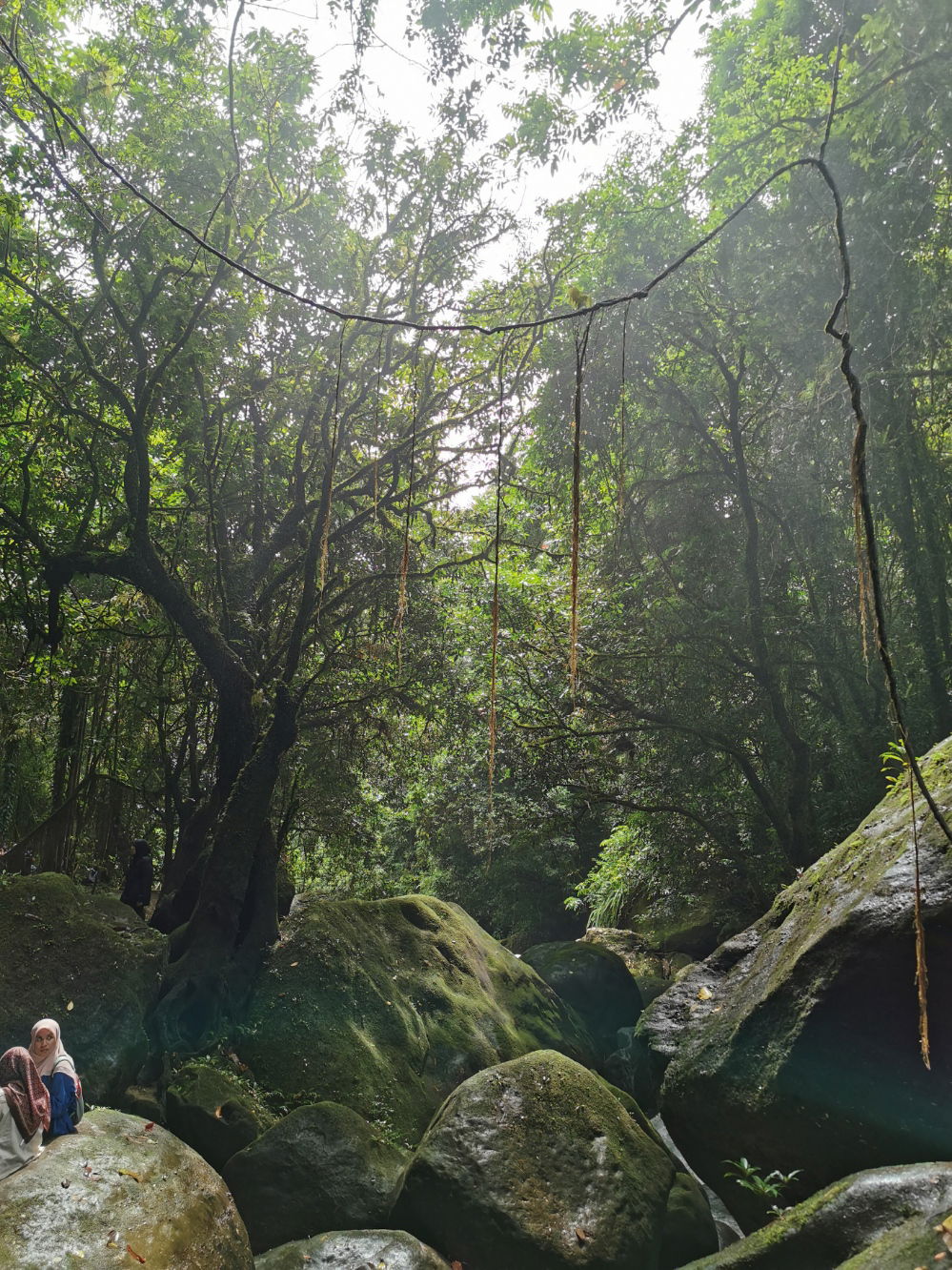

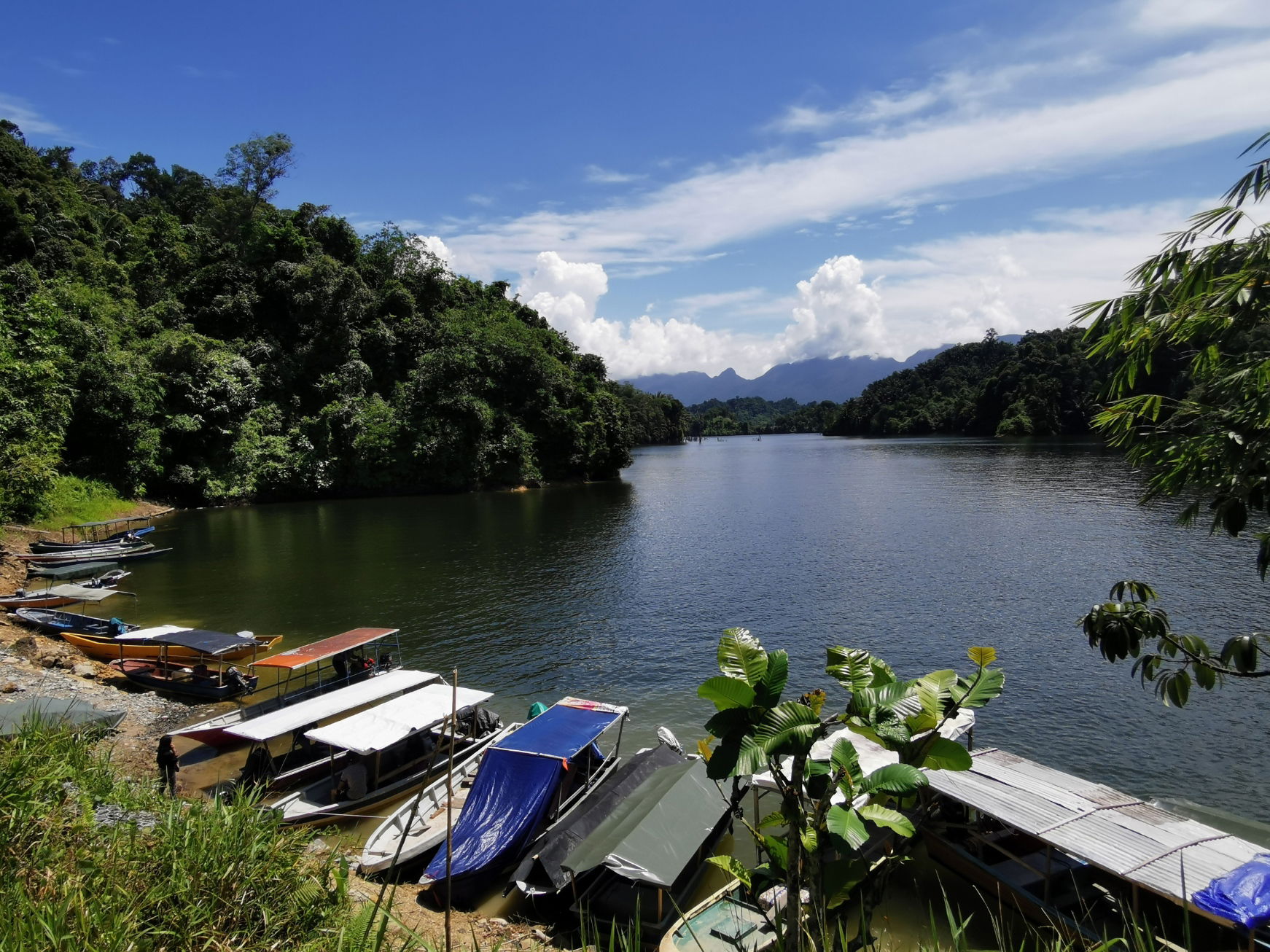
After taking lunch, we made our way back to the starting point and called it a day.
My transports, accommodation, and F&B
- Again, an easy drive to Padawan area, and subsequently to the Bengoh Dam
- Accommodation: There are several homestays at the villages. Visitors may opt to stay overnight and enjoy the sunrise.
My 3 Plus and 2 Minus:-
3 things I like about this trip:
- Learning a bit of history about Bengoh Dam
- The two special “guide” dogs
- Offcourse, the Jurassic trail. Those sight is unreal
2 thing I would do differently if I can turn back the clock:
- Come visit at a weekday, when the place is less crowded
- Read a bit more on the Bengoh Dam history before visiting. It will help to appreciate
A surprise learning from the trip
While I read in the past how villagers refused to be relocated during construction and development of Bakun Dam, I wasn’t aware that the same thing happened at Bengoh Dam too. I know as we speak today, many so called “NGOs” in the west refute the claim by us that Hydroelectric is a renewable energy. But damn it, aren’t you aware that almost the entire Norway is powered by hydroelectric too? So, you are the only bodies that are entitled to decide what’s renewable, what’s not? Yeah, like how you claim solar is renewable without even considering the land the solar farm uses, the waste that it generates when the PV reaches the EOL; like how you claim Hydrogen is the future of the energy (vector to be exact) when it makes little physics senses how you use solar generated electric to run electrolyzer at 21% efficiency or less to produce hydrogen? The fact that many villagers made way for the construction and development of the dam, say a lot on the sacrifice the people is making for the betterment of environment, it is just so sickening that at the end the NGO claims that the hydroelectric scheme is not helping the environment. After the visit to Bengoh Dam 2 villages, I learn that development and culture/lifestyle preservation can co-exist. The facts that there are still people staying at the villages tell that even when the hydro project requires a big parcel of village land to be flooded, some can still live behind moving further uphill. The dam may alter the way the villagers commute, the dam may alter their economy activities, but it is not a zero sum game of the DAM vs the Villages. Perhaps it is time to change the narrative, to give more accurate information to the villagers and the public on how the people and the dam can co-exist, or how they can achieve a win-win. Juxtapose this to day to day life, should we start putting more efforts for win-win narrative, and not being a pure capitalist of “you pay, I earn”? The world will be a better one when everyone thinks of win-win.